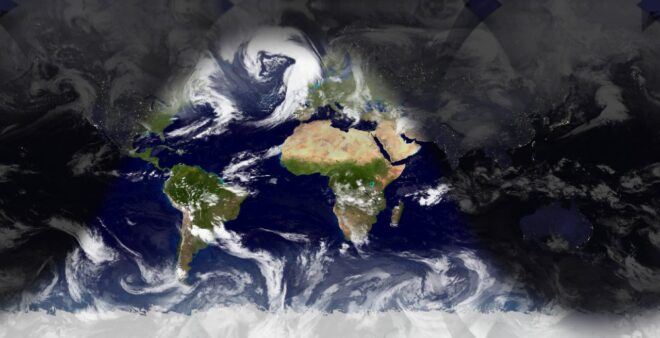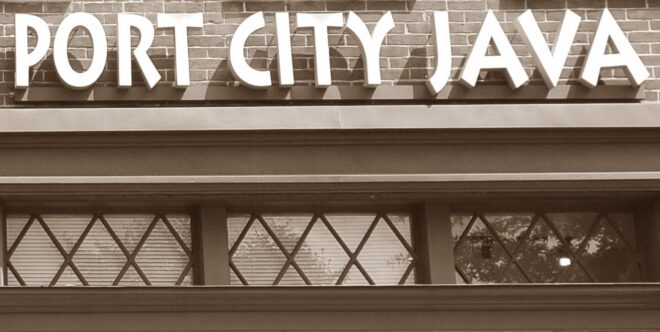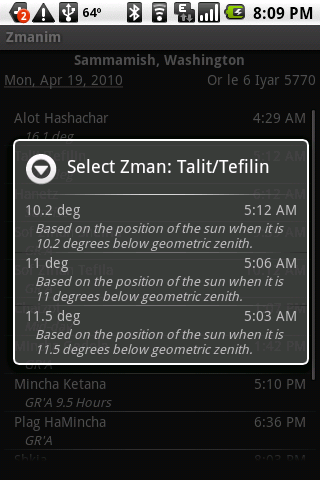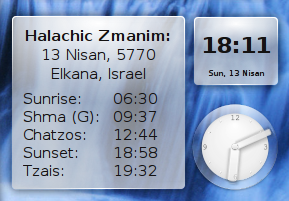
Question:
Why do some zmanim never occur in some locations? Developers Beware!
Answer:
While most people realize that the sun may not rise or set in the Arctic and Antarctic Circles (see the Rabbi Dovid Heber’s article When Does One Pray When There Is No Day in the Star-K’s Kashrus Kurrents), many are not aware that some twilight dips will not occur during part of the year as far south of the Arctic Circle as London. For example around the summer solstice in London (on the zmanim map) the sun will never dip far enough below the horizon to reach alos 16°. This happens in London from June 4th through July 8th. The image seen on the top right (original at timeanddate.com) shows various civil twilights centered on London on Midnight June 21st. Look carefully to see the various bands of twilight. Gateshead will not have alos 16° from May 16th through July 28th, while Anchorage, Alaska (yes there is a Frum Shul in Anchorage with an interesting davening direction issue that is discussed in the Davening Direction from Alaska post ) will not have alos 16.1° from April 25th to August 20th. Zmanim based on sunrise such as alos 72 that is a 72 minute offset of sunrise can be calculated as long as sunrise can be calculated, something that will happen as long as you are not in the Arctic or Antarctic Circles.
For this reason, the Zmanim API will return a null when a zman will not happen. A Long.MIN_VALUE will be returned when a long is expected such as in the case of a shaah zmanis. While an inconvenience to developers who have to code for this, the alternative of a default date would mean that developers unaware of this would return incorrect zmanim, something far worse than a program error from a NullPointerException.
In recent weeks two publicly available programs using the Zmanim API ran into issues due to nulls returned for early alos times. Being something not anticipated by the developers, the nulls generated errors in the programs that quickly led to fixes. For this reason, Yitzchok updated the Zmanim .NET project to return the nullable DateTime? instead of the regular DateTime that it had previously been returning. While the Zmanim API documentation always made the possibility of a null being returned possible, I modified the documentation to make this clear on the return value documentation for every zman. Code with the modified documentation was part of the recently released Zmanim API 1.2.1.
 The Zmanim API 1.2.1 was released today. Changed in this release were the addition of a few very early Tzais zmanim, and the removal of references to the
The Zmanim API 1.2.1 was released today. Changed in this release were the addition of a few very early Tzais zmanim, and the removal of references to the 

 There are various software projects using the KosherJava Zmanim API. One of the active ones is Jay Gindin’s open source
There are various software projects using the KosherJava Zmanim API. One of the active ones is Jay Gindin’s open source 
